Six months of war in Ukraine, eight journalists killed
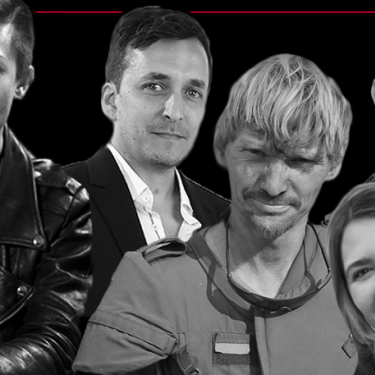
Evgeni, Brent, Maks, Pierre, Oleksandra, Oksana, Mantas and Frédéric. Eight journalists – two women and six men. All lost their lives in the six months since Russia launched its invasion of Ukraine. Reporters Without Borders (RSF) looks back at the circumstances of their deaths and points out that killing a journalist who is covering a war constitutes a war crime.
Read in Ukrainian / Читати українською
Read in Russian / Читать на русском
Journalists have been on the front line ever since the Russian army invaded Ukraine on 24 February. RSF has registered 46 attacks on a total of more than 100 journalists targeted in the course of their work – attacks that therefore qualify as war crimes. Eight of them were killed by Russian forces, some of them deliberately. RSF has filed six complaints with the International Criminal Court and the Ukrainian prosecutor-general’s office.
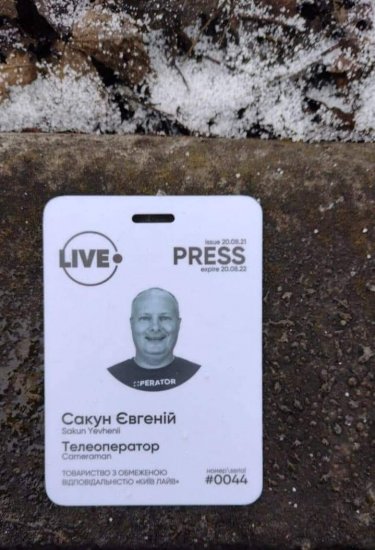
- Evgeni Sakun, Kyiv Live TV, aged 49 - killed on 1 March
Evgeni Sakun, a Ukrainian cameraman working for the local TV channel Kyiv Live TV, was killed when Russian missiles were fired at the Kyiv television tower on 1 March, one week after the start of the war. He was the first journalist to be killed in the course of his work in this conflict. He was identified by his press card when his body was found in the rubble left by the strike. A few days later, RSF referred this attack, and attacks on three other TV towers that were not used of any military purposes, to the International Criminal Court. These attacks forced 32 TV channels and dozens or radio stations off the air in Ukraine.

- Brent Renaud, documentary filmmaker, aged 50 - killed on 13 March
The first foreign journalist to be killed in this war, US documentary filmmaker Brent Renaud was fatally shot in the back of the neck while driving his car in Irpin, a town northwest of Kyiv, on 13 March. Juan Arredondo, a US-Colombian journalist who was with him, was injured and hospitalised. Renaud had covered many wars (in Afghanistan, Iraq and elsewhere) and had made many documentaries. He went to Ukraine on his own initiative and, at the time of his death, was doing a report on civilians fleeing from the offensive that the Russian army had launched in a bid to take the capital.
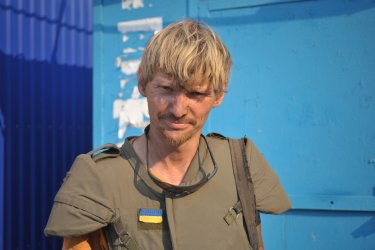
- Maks Levin, photo-reporter, aged 41 - killed on 13 March
A veteran Ukrainian photo-reporter, Maks Levin began covering the Russian invasion as soon as it began. He freelanced regularly for LB.ua, a much respected Ukrainian news site, and the news agency Reuters, covering the soldiers fighting in the war as well as its civilian victims. His photos had made the cover of the German magazine Spiegel as well as being published by Time Magazine and the Wall Street Journal in the United States. He disappeared on 13 March while reporting on Russian military activity and the fighting between Russian and Ukrainian forces in the region to the north of Kyiv. His body, and that of Oleksiy Chernyshov, the soldier and friend who was with him at the time, were found in a forest near the village of Huta-Mezhyhirska on 1 April. In the course of an exclusive investigation a few weeks later, RSF located the scene of the double murder and one of the bullets that killed Levin. The information and evidence gathered by RSF indicated that Russian soldiers executed him in cold blood.
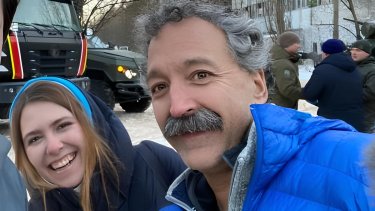
- Pierre Zakrzewski, 55, and Oleksandra kuvshinova, 24, Fox News - killed on 15 March
A Fox News crew consisting of Pierre Zakrzewski, a video reporter with French and Irish dual nationality, and Oleksandra kuvshinova, a Ukrainian fixer, came under fire in Horenka, a town near Kyiv, on 14 March. Both were badly injured and their deaths were confirmed the next day. A London-based former war photographer, Zakrzewski had been working in the field for 30 years. He was used to covering wars and had reported in Iraq, Afghanistan and Syria. A young journalist admired for her courage and professionalism, Kuvshinova had been working as a fixer for Fox News for nearly a month, helping its crews to get around Ukraine and find sources for their stories.
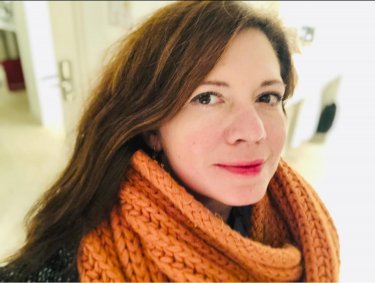
- Oksana Baulina, The Insider, aged 43 - killed on 23 March
Oksana Baulina was one of the few Russian journalists already based in Ukraine when the war began. The day the invasion was launched, 24 February, she tweeted: “This war is a mistake, this war is a crime.” She had previously been a producer for FBK, the Russian anti-corruption foundation launched by Alexei Navalny (Vladimir Putin’s leading political opponent), which Moscow classified as an extremist organisation. For the past few years, she had been working in Kyiv as a reporter for The Insider, a Russian opposition investigative media based in Latvia. Her news organisation said she was killed by a “kamikaze drone” on 23 March, while reporting on the damage caused by an earlier strike on a shopping centre in Podil, a suburb of Kyiv. Two policemen who were accompanying her for security reasons were badly injured by the drone explosion. She had recently conducted interviews with Russian soldiers captured by the Ukrainian army – interviews that had not yet been published.
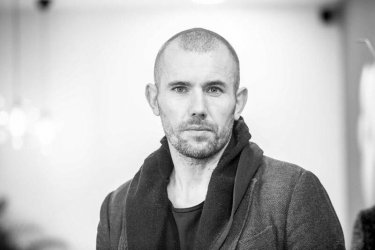
- Mantas Kvedaravicius, documentary filmmaker, aged 44 - killed on 2 April
Lithuanian documentary filmmaker Mantas Kvedaravicius returned to Mariupol when Russia launched its invasion, eight years after the 2016 release of his first documentary, Mariupolis. He would never leave the port city. On 2 April, he was found lying face down in a street with a gunshot wound in the head and another in the chest. The circumstances of his death are still unclear, but it is known that the Russians had taken him prisoner a few days before. In a simple message posted on Twitter, the Ukrainian defence ministry press office reported that “the Russian occupiers killed Mantas Kvedaravicius (...) while he was trying to leave Mariupol.” His body was repatriated to Lithuania by his partner a few days later.
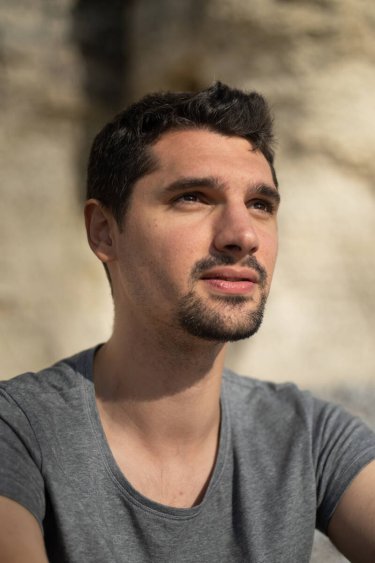
- Frédéric Leclerc-Imhoff, BFMTV, aged 32 - killed on 30 May
Frédéric Leclerc-Imhoff , a French video reporter working for the French TV news channel BFMTV, was in a truck being used for a humanitarian operation in Lysychansk on 30 May when shrapnel from a shell pierced the truck’s armour and hit him in the neck, causing his death. The two journalists who were with him, reporter Maxime Brandstaetter and fixer Oksana Leuta, sustained minor injuries. Leclerc-Imhoff had been about to cover the evacuation of civilians in a convoy when the convoy was shelled. At a gathering to pay tribute to this French journalist in Paris on 10 June that was attended by several hundred people, RSF secretary-general Christophe Deloire saluted his “sense of professional commitment and vocation (...) at a moment in history when regimes are trying to impose a world order based on propaganda.”
